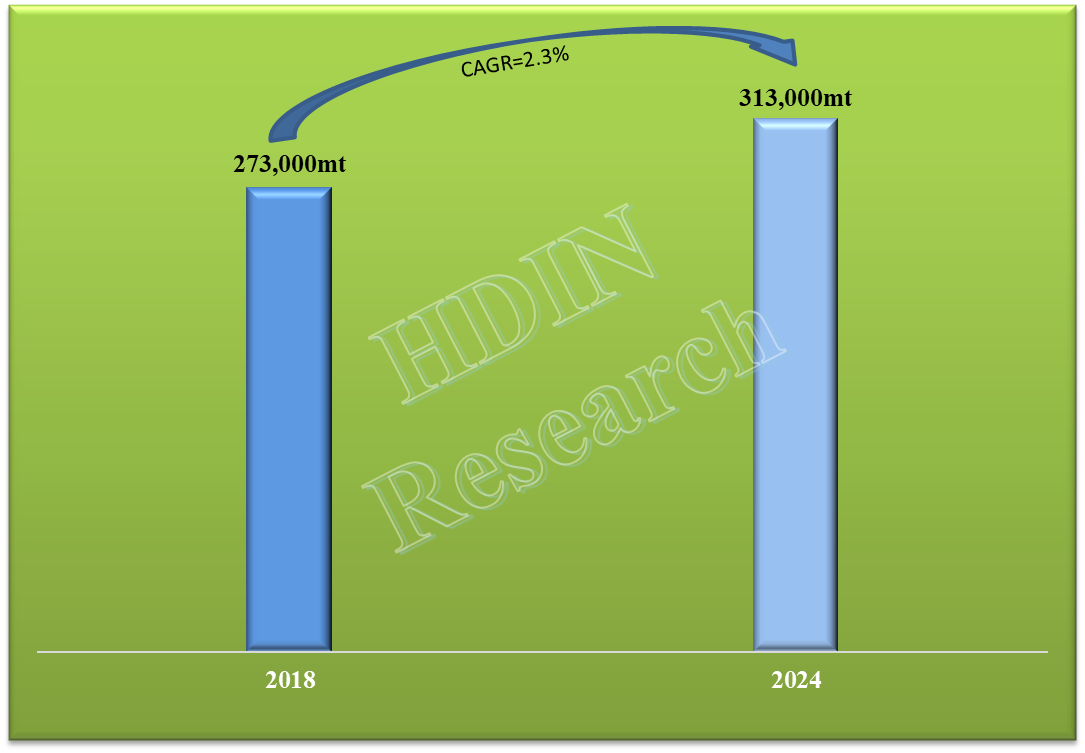
The use of HDS in the manufacturing of tires reduces rolling resistance by 25 percent, lowering carbon emissions by 5-7 percent.

“So it is a huge contribution for fuel consumption, energy saving, emission saving.” “If they use our silica product, they can save energy, from 5 percent to 7 percent,” said Jin-Chul Kim, Representative Director of Rhodia Silica Korea, about manufacturers of environmentally friendly tires. Demand for the material in Korea continues to grow, especially when it comes to “green tires.” With two production lines, the company manufactures 65,000 tons of precipitated silica, including highly dispersible silica (HDS), a year. In other words, be it for our shoes or animal feed, precipitated silica touches all aspects of our everyday lives. Rhodia Silica Korea produces, exports and conducts research and development for precipitated silica, which is widely used as a reinforcing filler in the tire and elastomer industry, as an active ingredient carrier in animal nutrition and as an abrasive and thickening agent in toothpaste. Chemical maker Solvay group acquired Rhodia in 2011, and Rhodia Silica Korea is now part of the Solvay Silica business unit and one of Solvay’s eight subsidiaries in Korea. In 1996, the France-headquartered Rhodia acquired OCI’s stake in the joint venture. Today, the entity is called Rhodia Silica Korea and is one of the largest producers of precipitated silica in Asia. Initial investment totaled KRW 12.989 billion (USD 11.2 million) and a plant was established in Incheon.

The Belgium-headquartered Solvay Silica began its Korea operations in 1975 as a joint venture with a chemical company called OCI. And where there are shoe soles, there is a need for silica. Korea’s shoe industry was growing during a period of industrial and economic development in the 1970s. Rhodia Silica Korea meets rising demand for a material found in everything from tires to toothpaste


 0 kommentar(er)
0 kommentar(er)
